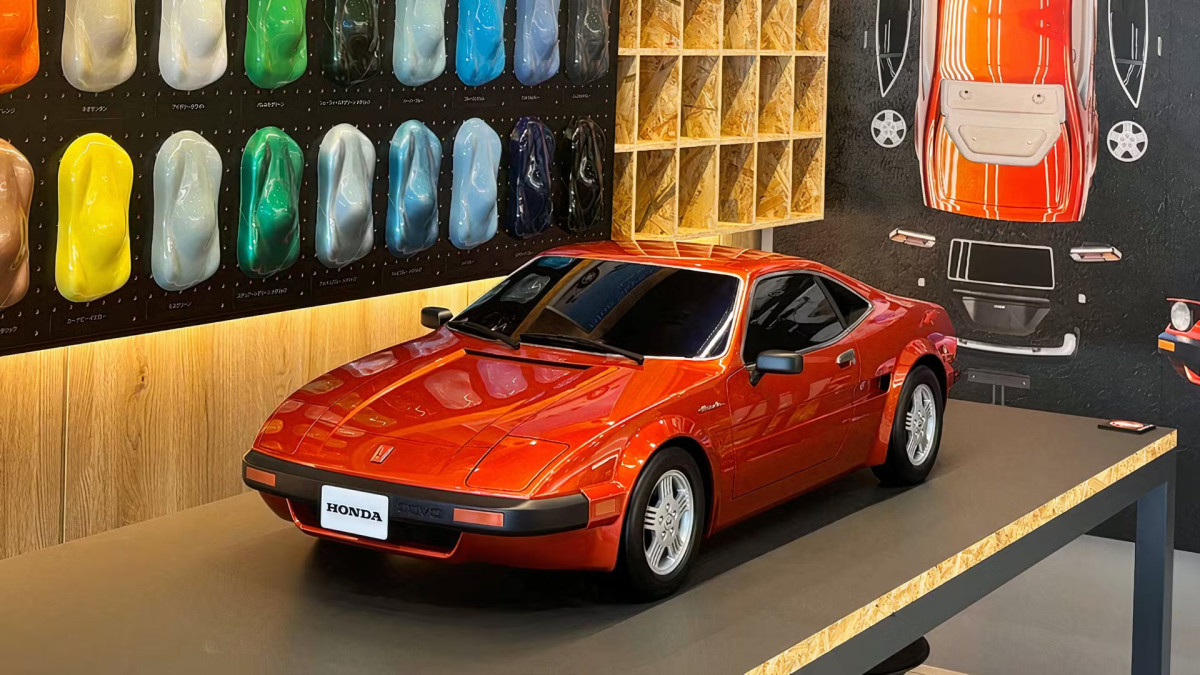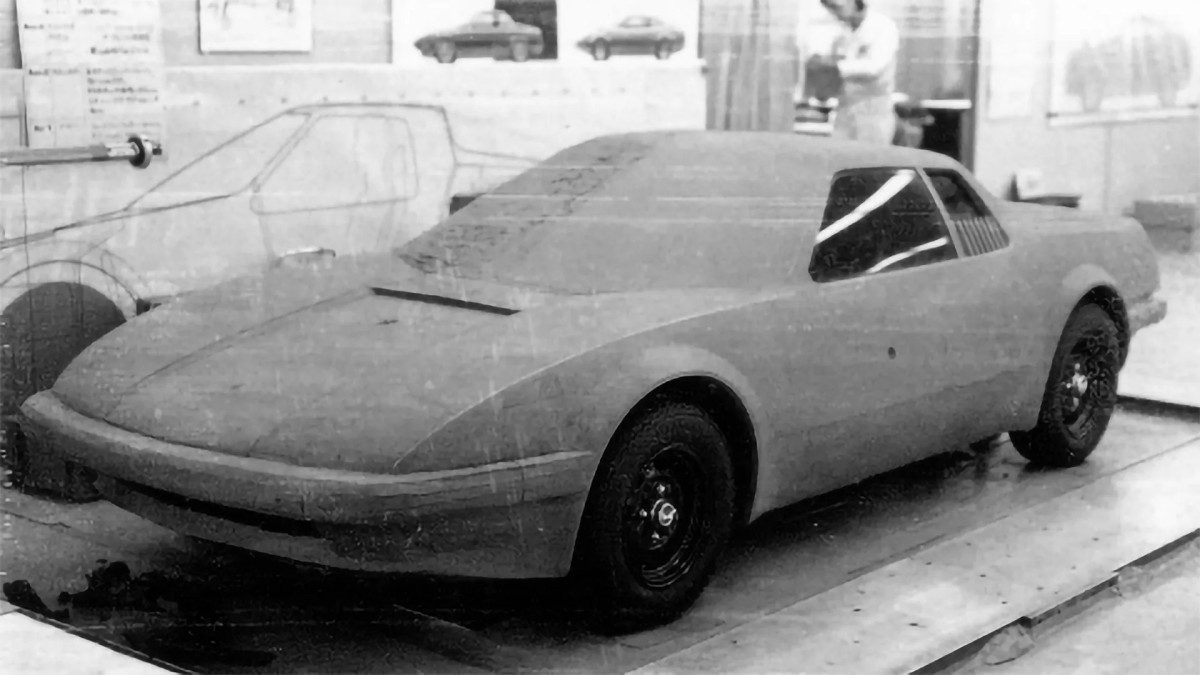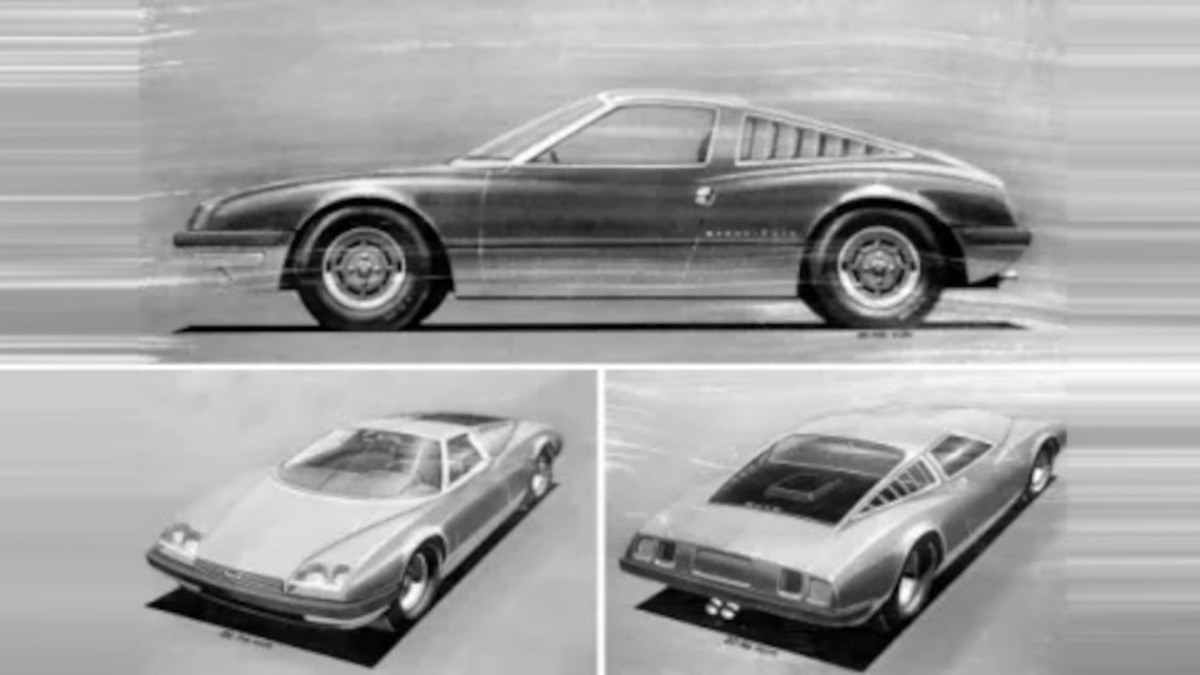Honda and V8 Efficiency

Back in the 1970s, with the oil crisis looming large, folks were on the hunt for fuel-efficient automotive solutions. Honda, always a step ahead, brought forth their revolutionary Compound Vortex Controlled Combustion (CVCC) system. This technology was a game-changer. It allowed vehicles like the 1975 Honda Civic to pass tough emissions tests without needing a costly catalytic converter that often sapped car power. Ford and Chrysler saw the potential and quickly licensed the tech, but General Motors dismissed it, thinking it only suited small engines.
Undeterred and not one to back down from a challenge, Honda’s founder, Soichiro Honda, decided to showcase the tech’s versatility. He took a Chevrolet Impala packing a hefty 5.7-liter V8, shipped it off to Japan, and retrofitted it with the CVCC system. This audacious move not only proved the engine’s capability but also showcased that eco-friendly tech could clean up larger, powerful engines without compromising performance.
Supercar Vision

Around the same time Honda was proving points to GM, the concept of a mid-engine V8 supercar was brewing within the company. Designed in the early 70s, long before the NSX made its debut in 1990, this supercar concept embodies Honda’s innovative spirit. While it never got past the clay model stage, the project reflected a blend of stylistic flair, marrying smooth line curves with sharp angles — and, even incorporated a touch of British design influence, all while retaining a distinctly Japanese essence.
A What-If Scenario

This ambitious foray into the sports car arena might seem like a footnote today, but it laid the groundwork for Honda’s future performance vehicles. Fast-forward to when the NSX finally hit the streets; it embraced many design elements echoing this earlier dream, like those iconic pop-up headlights. It combined Japanese design philosophies with influences from Pininfarina, ensuring a ride as pleasant to look at as it is to drive.
Reflecting on this era, it’s clear that Honda’s innovative steps back then resonate in today’s automotive marvels. While a V8 Honda supercar didn’t materialize, the drive for pushing technological boundaries remains evident in their evolving roadmap—touching everything from advanced EV technology to groundbreaking hydrogen projects. Just like they did with CVCC, Honda continues to pave the way for future automotive ideas, steering the course for what’s possible in efficient and sustainable driving.
2024 Sonata Shines
New Corvette Roars
Lux Car Fetches $1.5M
Renault Megane Revamp
Next-Gen Audi RS6